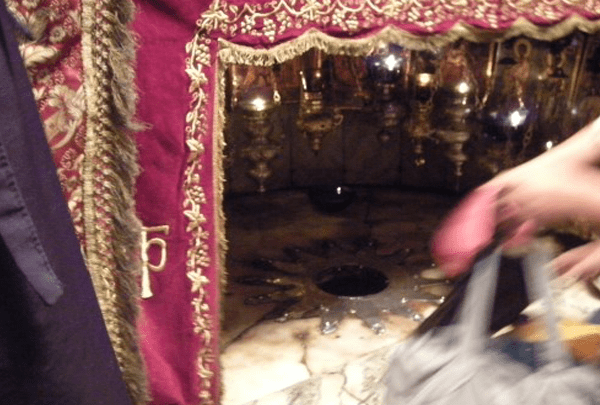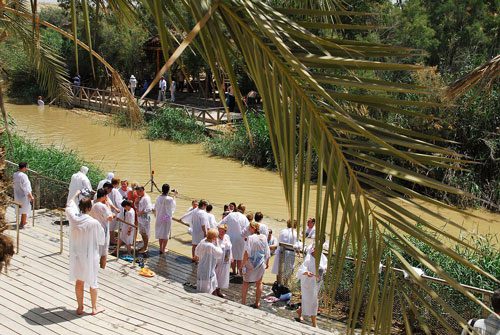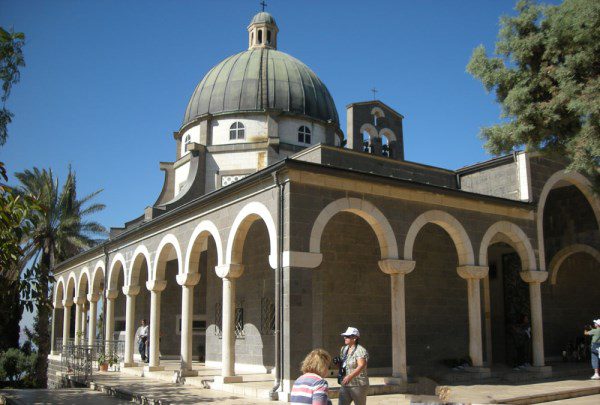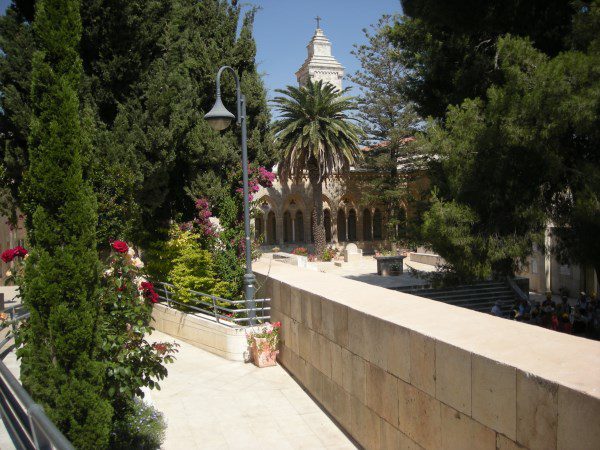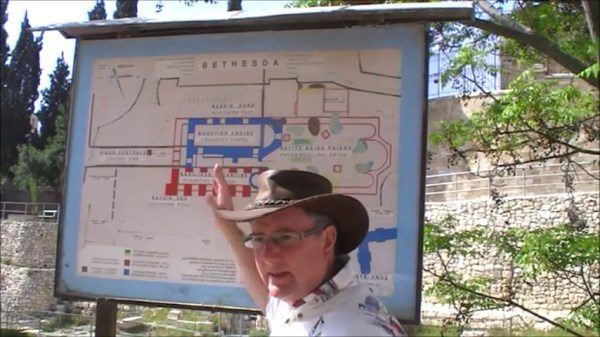The 2,000-Year Legacy: The Enduring Resilience of Christian Pilgrimage
Walking the Paths of History and Faith
October 26, 2025
 When you take a Christian tour to the Holy Land, you are not simply visiting historical sites; you are stepping into a profound, unbroken legacy that spans over two millennia. This journey of faith connects you directly to the earliest believers, prophets, and apostles who walked the same ancient paths.
When you take a Christian tour to the Holy Land, you are not simply visiting historical sites; you are stepping into a profound, unbroken legacy that spans over two millennia. This journey of faith connects you directly to the earliest believers, prophets, and apostles who walked the same ancient paths.
At Elbow Holy Land Tours, we understand this deep heritage. Our purpose is to bring modern believers into conscious communion with this 2,000-year-old story, reminding us that the Christian faith is one of extraordinary resilience and enduring hope.
The Early Church and the First Pilgrims
The Seeds of Faith (1st – 4th Centuries)
Pilgrimage began almost immediately after the events of the Gospels. The first pilgrims were the local Jewish-Christians who never left. The Mother Church in Jerusalem was the starting point, nurturing a tradition of reverence for the sites of Jesus’ birth, ministry, death, and resurrection. Early Christian writings are filled with accounts of believers from far-flung Roman provinces making the difficult, often dangerous, trek to the Land of the Bible.
Constantine and the Holy Sites
The recognition of Christianity in the 4th century by Emperor Constantine formalized pilgrimage. His mother, Empress Helena, is famously credited with identifying the location of the True Cross and establishing key sites of worship. This era cemented pilgrimage as a central practice, leading to the construction of magnificent churches—the physical anchors of the sacred story.
Through Conflict and Change
Medieval Journeys and the Crusader Era
Throughout the Middle Ages, the desire to walk where Jesus walked remained strong, driving millions of travelers. Whether under the Byzantine, Arab, or Crusader rules, the flow of pilgrims persisted. These difficult journeys—often taking years—highlighted the immense spiritual value placed on the physical presence of the holy sites. The hardship only emphasized the depth of commitment required for the pilgrimage.
The Modern Era of Accessibility
The 19th and 20th centuries saw the emergence of organized, guided tours, making the journey accessible to a broader Christian audience. Today, we benefit from modern logistics, but the spiritual core of the journey remains identical: to meet the Lord in His Land.
A Legacy of Resilience and Hope
Every generation of Christian pilgrims has faced its own challenges, yet the tradition endures. This persistence is a powerful testament to the central, unchanging truth of the biblical narrative. When you stand on the Mount of Olives or pray by the Sea of Galilee, you are connected not just to the time of Jesus, but to the countless believers who have stood there over the last two millennia, passing on the flame of faith.
This living history reinforces the enduring power of scripture and the reality of Christ. It is a heritage of resilience that reminds us that, despite political, social, or geographical turmoil, the foundation of our faith remains firm.
Begin your chapter in this 2,000-year legacy: Explore our Christian Holy Land Tours
















